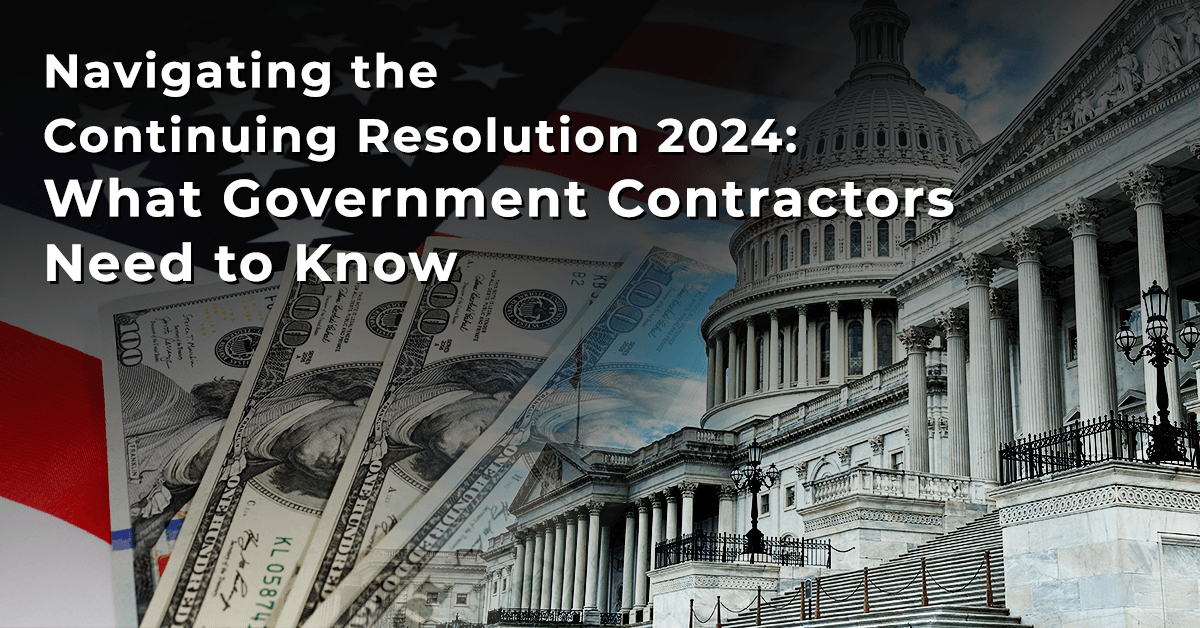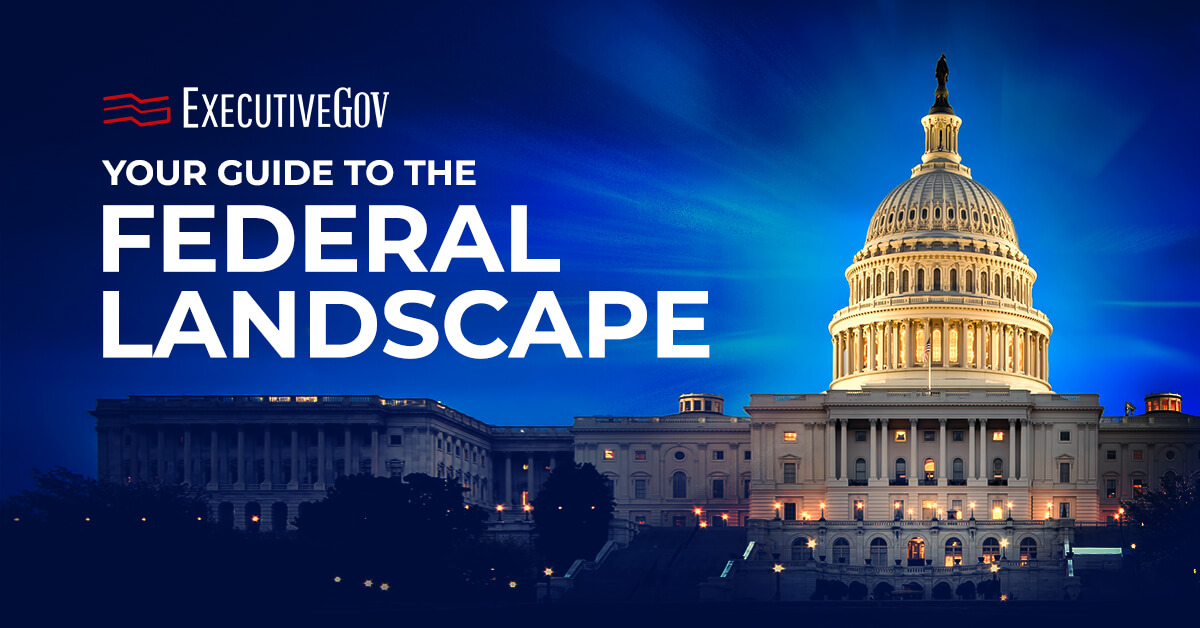Government contracting consultants help government contractors navigate the complexities of federal contracting. They serve as trusted advisors, streamlining the compliance of rules associated with government contracts and ensuring that businesses stay on track for growth.
With the help of contracting consultants. Government contractors can better understand critical regulations, such as the Cost Accounting Standards (CAS) and Federal Acquisition Regulation (FAR), and can help them maximize profits while maintaining compliance.
Table of Contents
What is a Government Contracting Consultant?
Government contracting consultants are trusted advisors who help businesses navigate the public sector procurement process. From identifying bidding opportunities and developing winning proposals to managing government contracts and understanding regulatory requirements, these consultants offer the best support throughout the contracting process.
Understanding The Role of Government Contracting Consultants
Government contracting consultants assist businesses in government contracting. They aid in finding contract bidding opportunities and preparing contract proposals for the government.
How Does a Government Contract Work?
Government contracts function as the government buys goods or services from contractors.
To secure government contracts, the federal government initially outlines its precise needs for goods or services in a contract opportunity. Contractors, with the assistance of contracting consultants, then submit proposals in response to government bid requests for these opportunities. These proposals detail all expenses associated with the product or service, encompassing labor and project costs.
After deliberation, the government chooses a proposal that aligns with the project’s requirements. The winning bidder and the government negotiate to finalize the contract’s terms and conditions.
Read more: Government Contracting Guide: What You Need to Know
How Government Contracting Consultants Help Contractors

The contracting consultant’s role is important in assisting contractors obtain General Services Administration (GSA) contracts. They simplify government processes in securing long-term contracts.
Here are several ways contracting consultants support contractors:
- Proposal Development – Consultants help businesses write winning government proposals by developing cost accounting and pricing strategies based on government requirements.
- Business Systems Optimization – Consultants assess a business’s current systems to identify gaps, ensuring they are well-prepared to win future contracts.
- Contract Modification – Consultants assist in navigating contract changes and streamlining processes to ensure accuracy and compliance.
- Relationship Management – Consultants help establish and maintain positive relationships between contractors and project stakeholders.
- Audit Support – Consultants aid contractors in auditing pricing rates, billing systems, accounting systems, and cost proposals to ensure compliance and accuracy.
List of Leading Government Contracting Consultants
Note: The following list of leading government contracting companies is ranked in no particular order. The selection criteria are based on a variety of factors, including market capitalization, revenue, and overall industry impact. That said, while they are highly regarded in the industry, plenty of other companies also offer exceptional products and services.
1. McKinsey & Company
McKinsey & Company is a renowned global management consulting firm that collaborates with leading organizations across social, private, and public sectors. Its approach empowers clients to unlock their full potential and drive ongoing progress.
2. Deloitte
Deloitte offers a wide range of services, including auditing, consulting, tax, risk management, and financial advisory services. With a legacy spanning more than 175 years, its collaborative efforts extend globally, engaging with leaders across various sectors, from global to private industries. Fueled by a workforce comprising top talents in the industry, Deloitte drives forward, influencing the future by consistently achieving tangible, measurable outcomes.
3. PwC
PwC operates a vast network of consultancy operations spanning 157 countries with over 223,000 professionals. Renowned for its dedication to results, it assists organizations in crafting strategies for competitive advantage and accelerated sustainable growth.
4. KPMG
KPMG International, with member firms in 155 countries, provides tax, audit, and advisory services. Its close collaboration with clients helps manage risks and capitalize on opportunities.
5. EY
EY is committed to fostering a better working world through enhanced trust in business, sustainable growth, talent development, and increased collaboration. It stands as a worldwide authority in assurance, tax, transaction, and advisory services. EY mainly focuses on nurturing exceptional leadership and ensuring teams fulfill their commitments to stakeholders.
6. Boston Consulting Group
As a premier global management consulting firm, the Boston Consulting Group (BCG) partners with clients to identify high-value opportunities, tackle critical challenges, and drive transformative change. Founded in 1963, BCG established itself as a pioneer in business strategy and approach to empower organizations in fostering growth and cultivating sustainable competitive edges.
7. Alvarez & Marsal
Global enterprises, investors, and governmental bodies trust Alvarez & Marsal (A&M) for decisive leadership and impactful solutions. Founded in 1983, A&M is a premier advisory, performance enhancement, and turnaround management services provider worldwide. With a team of over 7,500 professionals spanning six continents, it delivers concrete outcomes for government agencies, boards, private equity firms, legal practices, and corporations.
8. Bain & Company
Bain & Company stands as one of the world’s foremost management consulting firms, serving a vast clientele, including the majority of the Global 500, numerous regional and local organizations, nonprofits, and private equity funds.
9. PA Consulting
PA Consulting’s diverse teams leverage innovative thinking and cutting-edge technologies to drive progress in consumer and manufacturing, defense and security, energy and utilities, financial services, government and public services, health and life sciences, and transport sectors.
10. Roland Berger
Roland Berger, the preeminent global management consultancy, maintains a robust global presence with 51 offices in major markets worldwide, including the U.S., from their offices in Boston, Chicago, and Detroit, providing independent expertise and tailored solutions.
Tips For Success in Navigating the Procurement Process

Contractors partnering with trusted government contracting consultants can make all the difference in succeeding in federal procurement. Yet, success demands a strategic planning process and proactive engagement within the organization.
Here are a few tips to help ace the procurement process effectively:
- Expand Networks – Building relationships with stakeholders within government agencies can broaden opportunities for contractors.
- Enhance Data Analytics – Improving business data analytics and technology can give contractors a competitive edge and streamline procurement processes.
- Stay Informed – Keeping abreast of new announcements, upcoming opportunities, and relevant solicitations is essential for staying competitive.
- Invest in Marketing – Conducting competitive analysis and market research can help identify potential competitors and shape business proposals.
- Ensure Compliance – Adhering to documentation standards and regulatory requirements outlined in solicitations is vital for streamlining the process.
- Build Past Performance – Demonstrating a strong track record of successful government contracts can significantly enhance credibility and competitiveness.
6 Reasons Why Partner With Government Contracting Consultants
Government contracting consultants offer strategic guidance and advisory services to businesses bidding for government contracts. Their expertise in handling procurement processes and understanding legal requirements is a big factor in achieving success in government contracting.
1. Understand the Procurement Processes and Procedures – An expert consultant with experience in government contracting can streamline the process for any contractor— from searching for opportunities and developing well-structured winning proposals to managing the contract.
2. Enhance Risk Management – Consultants offer valuable information and strategies to help manage government contracting risks. From processing complex regulatory requirements to handling potential challenges, they help contractors develop risk management plans for project success.
3. Legal Guidance and Insider Insight – Government contracting consultants bring two key benefits to businesses. First, they have an insight into upcoming contract opportunities. Second, they’re experts in laws and regulations, helping contractors adhere to labor and contract rules.
Having them as a partner, contractors can successfully navigate the competitive process of government contracting while reducing the risks associated with non-compliance.
4. Save Time Increase Efficiency – The government contracting process can be time-consuming and require resources during proposal and bidding processes. However, with the help of the consultants, contractors can focus on leveling up their business to secure more opportunities in the future.
5. Polishing Resources for Advantage – Consultants help contractors create a competitive pitch, find what makes them stand out, and develop winning proposals that put them ahead of the competition.
Consultants align a contractor’s proposals with government needs by conducting thorough market analysis and identifying key opportunities.
6. Improving Financial Management – Government contracting consultants help contractors optimize budgeting, pricing strategies, and financial reporting to ensure compliance with government regulations while maximizing profitability.
By implementing the best financial practices, consultants empower contractors to make informed decisions supporting long-term government contracting success.





